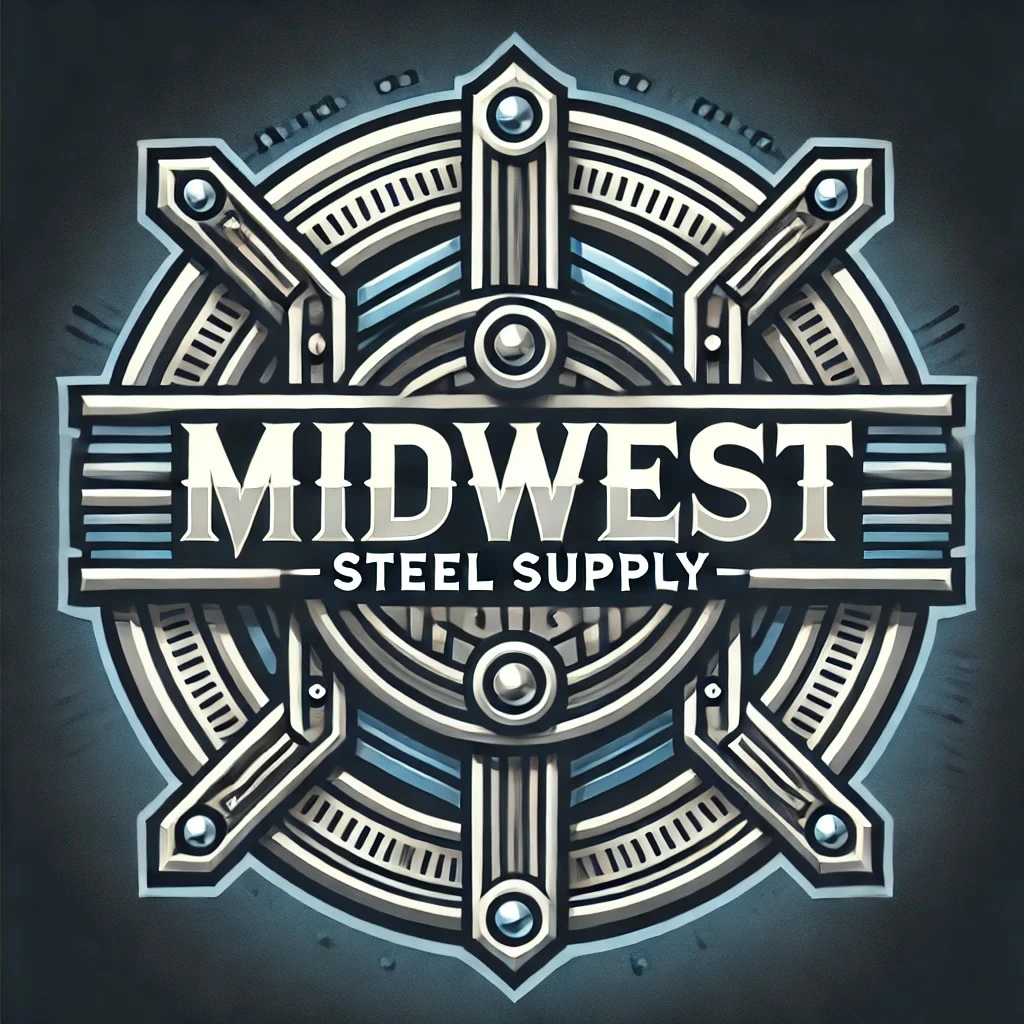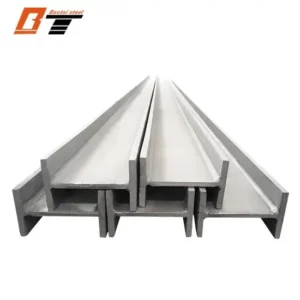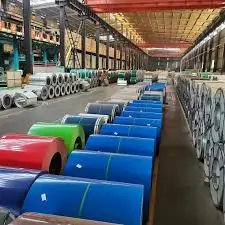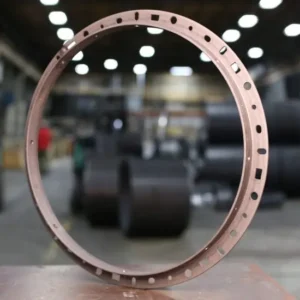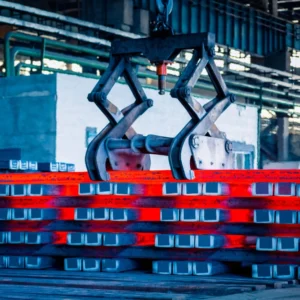EN10025 S460 cost per ton azkbkstan
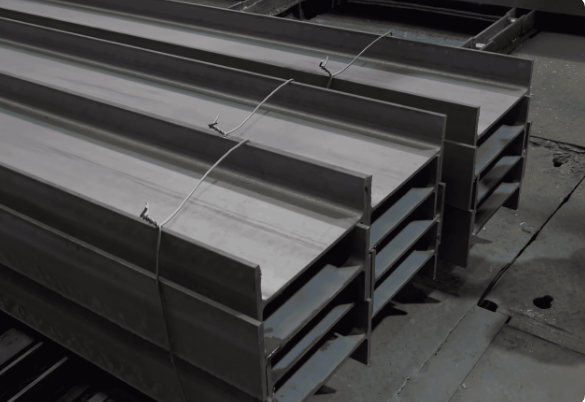
Introduction
EN10025 S460 cost per ton azkbkstan is a well-known European standard that specifies various grades of structural steels. Among these, S460 is one of the higher-strength grades used for demanding engineering and construction applications. The grade offers excellent yield strength, weldability, and toughness, which make it suitable for bridges, heavy machinery, and large buildings.
When we talk about the EN10025 S460 cost per ton in Kazakhstan, several factors come into play — including international steel prices, freight charges, import duties, currency fluctuations, and local market conditions. Understanding these elements helps buyers and contractors make informed purchasing decisions and manage project budgets efficiently.
Technical Overview: What Is EN 10025 S460?
The EN 10025 standard covers a range of structural steel grades identified by their minimum yield strength. For example, S235, S275, and S355 represent increasing strength levels, and S460 stands above them with a minimum yield strength of 460 MPa.
Within this grade, there are sub-categories defined by how the steel is processed:
-
S460N / S460NL – Normalized or normalized-rolled steels (EN 10025-3).
-
S460M / S460ML – Thermo-mechanically rolled steels (EN 10025-4).
-
S460Q / S460QL / S460QL1 – Quenched and tempered steels (EN 10025-6).
Each of these variations has distinct mechanical properties, impact resistance, and toughness, which influence both performance and cost. In general, the more advanced the processing method, the higher the final price per ton.
Global Price Ranges for S460
Globally, high-strength structural steels like S460 are priced between USD 800 and USD 1,600 per ton, depending on the specific variant, thickness, and supplier. Lower-end prices usually apply to bulk orders or standard normalized-rolled grades (S460N), while premium quenched and tempered versions (S460QL) fall at the higher end of the spectrum.
However, these are international benchmark prices, usually quoted as FOB (Free on Board) from the country of production — such as China, India, or European Union states. To determine the final cost in Kazakhstan, we must include freight, duties, local handling, and exchange-rate effects.
Factors Affecting EN 10025 S460 Cost in Kazakhstan
-
Raw Material and Production Costs
The global prices of iron ore, coking coal, and scrap steel directly influence production costs. Higher input prices raise the base cost of S460 steel plates and profiles. -
Processing Premium
S460 steel requires advanced rolling and heat-treatment processes, as well as stricter quality control and certification. These technical steps add to the cost per ton compared with lower-grade steels. -
Freight and Logistics
Kazakhstan is a landlocked country, so steel imported from Europe or Asia incurs rail or truck transportation costs. Freight charges can add USD 50–200 per ton, depending on distance and logistics complexity. -
Import Duties and Taxes
Customs duties, value-added tax (VAT), and administrative costs further affect the landed cost. Even a 5–10 % import duty can significantly impact the final price for bulk buyers. -
Local Production and Competition
If local or regional mills (for example, in Kazakhstan or nearby Russia) produce equivalent steel, domestic competition can help moderate prices. When imported supply dominates, costs tend to rise. -
Currency Exchange Rates
Steel is typically priced in US dollars. Therefore, fluctuations in the Kazakh tenge (KZT) directly influence local market prices. -
Market Demand and Economic Activity
In times of high construction or industrial growth, such as when large infrastructure projects are underway, demand for S460 can push prices upward due to limited availability. -
Certification and Inspection Costs
Projects requiring mill test certificates, third-party inspection, or special welding approvals incur additional costs.
Indicative Market Ranges
In the Central Asian region, the cost of EN 10025 S460 steel typically falls between USD 800 and USD 1,500 per ton, depending on the source, quantity, and delivery terms.
For Kazakhstan specifically, where logistics are a major component of total cost, the landed price often lies around USD 1,100 to USD 1,400 per ton for medium-sized orders of plate or structural steel. Large government or industrial projects may secure lower rates through volume contracts, while smaller purchases might face premiums due to shipping and handling.
Example of Landed Cost Calculation
Let’s construct a realistic cost breakdown for EN 10025 S460 steel imported into Kazakhstan.
| Cost Component | Estimated Value (USD / ton) |
|---|---|
| Base S460 steel (FOB) | 1,000 |
| Freight and inland transport | 100 |
| Duties and local handling | 75 |
| Certification and contingency | 25 |
| Total Estimated Landed Cost | ≈ 1,200 USD / ton |
Thus, USD 1,200 per ton represents a reasonable average price for EN 10025 S460 delivered in Kazakhstan under typical logistics and commercial conditions. Prices may vary by ±20 % depending on the region, supplier, and market cycle.
Price Sensitivity and Variations
-
Grade Variant – Quenched and tempered types (S460QL) cost more than normalized grades (S460N).
-
Thickness and Plate Dimensions – Thicker or wider plates are more expensive to produce.
-
Order Quantity – Small orders face higher per-ton charges due to handling and shipping costs.
-
Supply Chain Disruptions – Rail delays or geopolitical tensions can raise freight rates.
-
Seasonal Demand – Construction peaks in warmer months often lead to temporary price increases.
-
Currency Fluctuations – A weakening of the tenge against the US dollar increases local pricing even if the global price remains stable.
Because of these variables, it is common for suppliers to quote price ranges rather than fixed figures for S460 materials.
The Role of Domestic Steel Production
Kazakhstan’s domestic steel industry has expanded significantly in recent years, with new investments in plate and long-product manufacturing. While much of the domestic production focuses on lower grades like S235 and S355, some plants are upgrading technology to produce higher-strength structural grades. As this capacity grows, the country may rely less on imports from China, Russia, or Europe, helping to stabilize prices and reduce freight costs.
In regions near major industrial centers such as Karaganda, Aktobe, and Pavlodar, buyers might already find locally available S460-equivalent steels, which could bring costs closer to USD 900–1,000 per ton for large-volume contracts.
Recommendations for Buyers and Contractors
-
Compare Multiple Suppliers: Always obtain quotes from both domestic and international mills to benchmark prices accurately.
-
Analyze Total Landed Cost: Include transportation, customs, and inspection fees rather than comparing base prices only.
-
Confirm Technical Equivalence: Ensure the offered material truly meets EN 10025 S460 specifications, including toughness and impact-test requirements.
-
Monitor Market Conditions: Track exchange-rate trends and regional demand to time purchases effectively.
-
Negotiate for Volume Discounts: For large infrastructure or energy projects, pooled procurement can yield significant savings.
-
Request Certified Material: Always insist on proper mill test certificates to verify compliance with EN 10025 standards.
Conclusion
The EN 10025 S460 cost per ton in Kazakhstan generally ranges between USD 1,100 and USD 1,400, depending on grade, order size, and logistical factors. This range reflects both global steel market conditions and the unique inland transport costs associated with Kazakhstan’s geography.
While high-strength steels like S460 carry a premium over lower-grade structural steels, their superior mechanical performance allows engineers to design lighter, safer, and more efficient structures — often offsetting the higher initial material cost.
As Kazakhstan continues to invest in infrastructure, energy, and industrial projects, demand for EN 10025 S460 and equivalent steels will remain strong. Buyers who understand the key cost drivers, monitor market fluctuations, and build strategic relationships with reliable suppliers will be best positioned to secure competitive pricing and ensure consistent supply in the years ahead.
